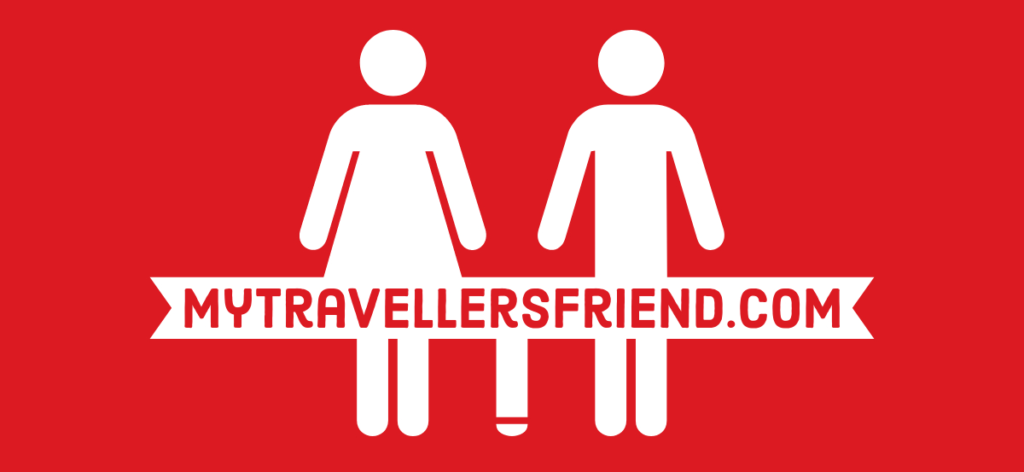
How to Travel Safely to Europe During
The Pandemic: A Comprehensive Guide

1. Pre-Trip Preparations:
Before embarking on your European adventure, conduct thorough research on the latest Pandemic regulations and entry requirements for your chosen destinations. Stay informed about travel advisories and quarantine protocols to avoid any surprises.
2. Destination Selection:
Opt for destinations that have effectively managed the pandemic and implement stringent safety measures. Countries like Germany, Iceland, and Switzerland have earned a reputation for their meticulous approach to Pandemic safety.
3. Vaccination and Testing:
Ensure you are fully vaccinated before traveling. Many European countries accept certain vaccines as part of their entry criteria. Additionally, keep in mind that a negative Pandemic test might be required regardless of vaccination status.
4. Health Documentation:
Have all necessary health documents readily available, such as vaccination certificates, negative test results, and any required health declarations. Digital versions are often preferred for convenience.
5. Travel Insurance:
Obtain comprehensive travel insurance that covers Pandemic related expenses. This safeguards you against unforeseen medical costs and trip cancellations due to the pandemic.
6. Transportation Considerations:
When choosing transportation options, prioritize those with visible safety measures in place. Airlines, trains, and buses that enforce mask-wearing and have upgraded air filtration systems should be your preferred choices.
7. Accommodation Safety:
Opt for accommodations that uphold high hygiene standards. Many hotels have implemented contactless check-in, enhanced cleaning protocols, and socially distanced amenities.
8. Local Regulations:
Familiarize yourself with local Pandemic regulations and guidelines. Respect mask mandates, social distancing rules, and any curfews that might be in place during your stay.
9. Dining Practices:
Choose restaurants and eateries that adhere to safety protocols. Outdoor dining or takeout options can minimize exposure risks while allowing you to savor local cuisine.
10. Sightseeing and Activities:
Research attractions and activities that offer safe and socially distanced experiences. Outdoor sites, nature excursions, and virtual tours can provide a fulfilling travel experience while minimizing contact.
11. Emergency Contacts:
Save local emergency numbers, embassy contacts, and relevant health institutions in your phone. In case of any health concerns, you can swiftly seek assistance.
12. Flexibility is Key:
Understand that travel plans might change due to evolving circumstances. Stay flexible with your itinerary and be prepared to adjust your plans as needed.
13. Packing Essentials:
Pack ample masks, hand sanitizers, disinfectant wipes, and personal protective equipment. These essentials will keep you prepared and protected throughout your journey.
14. Stay Informed:
Regularly check official government websites, health organizations, and reliable travel resources for the latest updates on Pandemic guidelines.
15. Return Planning:
Before heading back, understand the Pandemic testing and quarantine requirements for your return journey and your home country’s entry rules.
16. Post-Trip Monitoring:
After returning, monitor your health for any symptoms and consider taking a Pandemic test as an added precaution.
In conclusion, safe travel in Europe during the Pandemic pandemic necessitates meticulous planning, adherence to guidelines, and flexibility. By following the steps outlined in this comprehensive guide, you can embark on a memorable journey that prioritizes your health and well-being. Remember, staying informed and adaptable are the keys to a successful and safe European travel experience during these unprecedented times.
